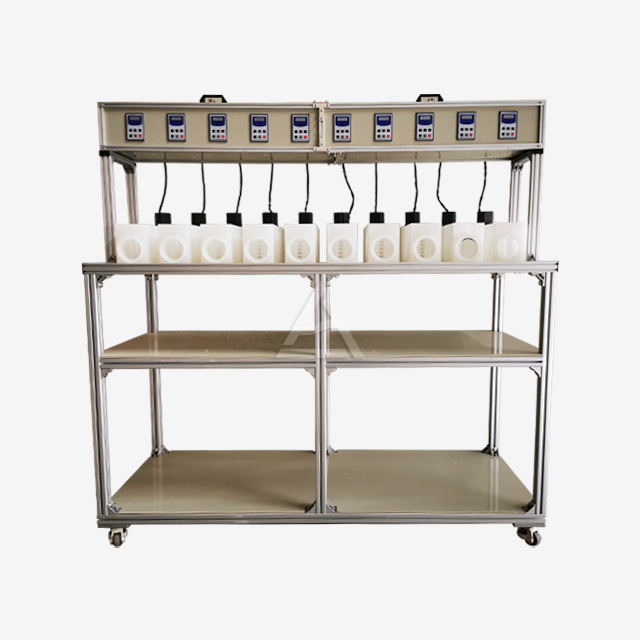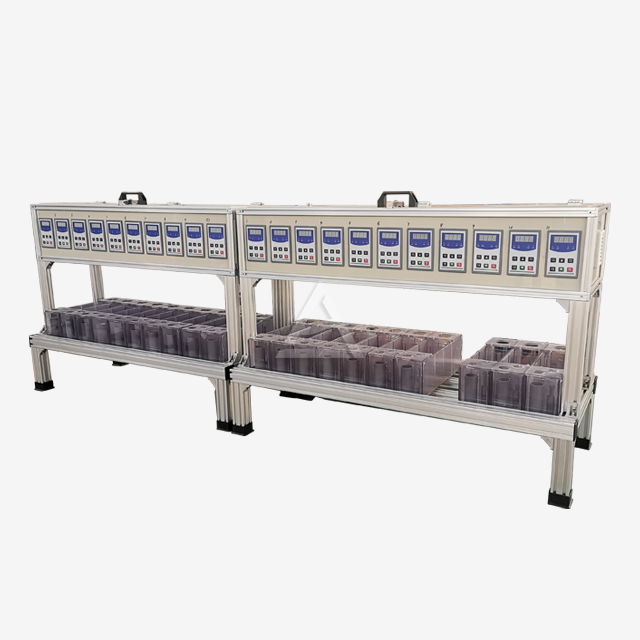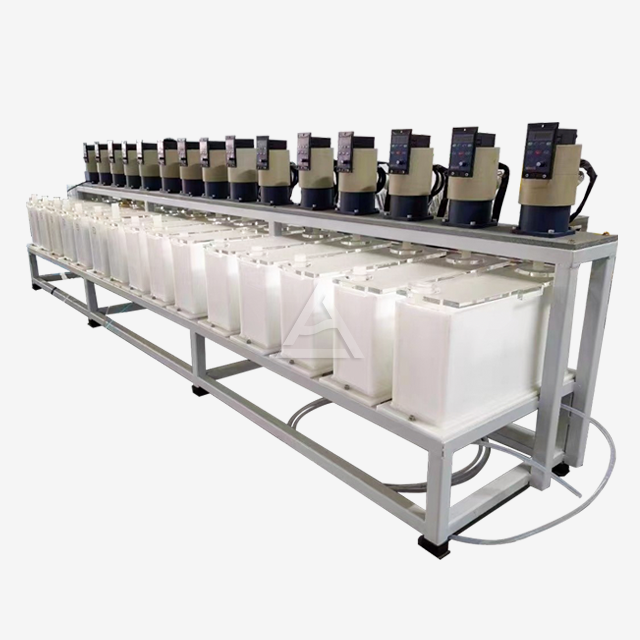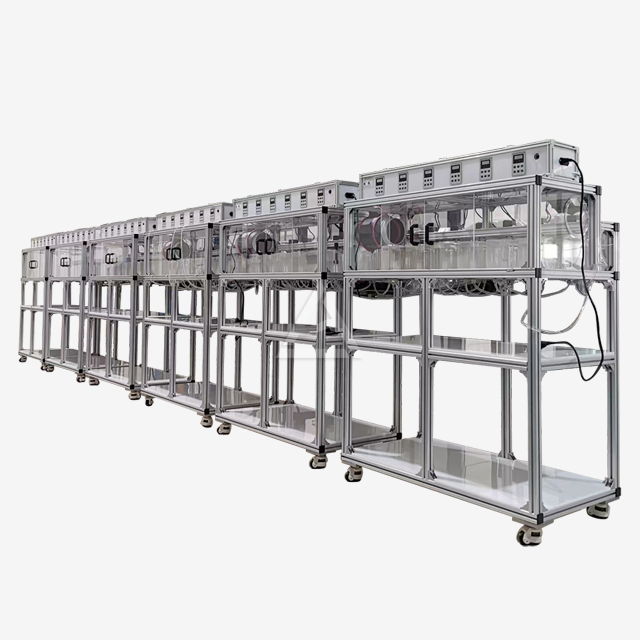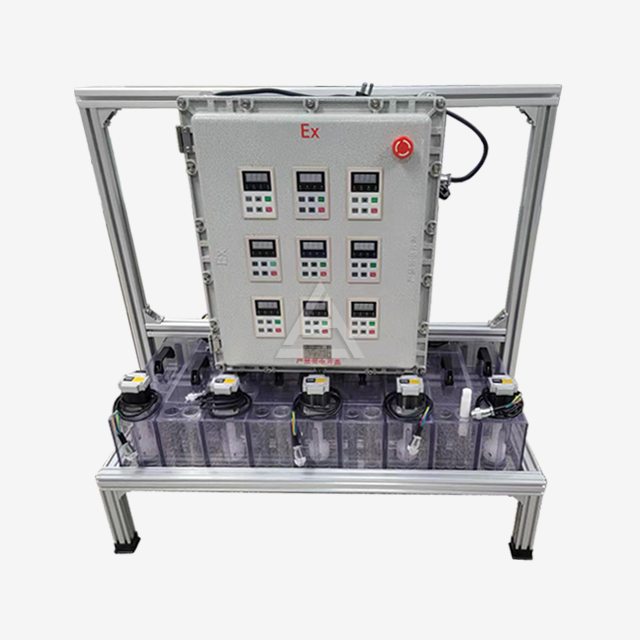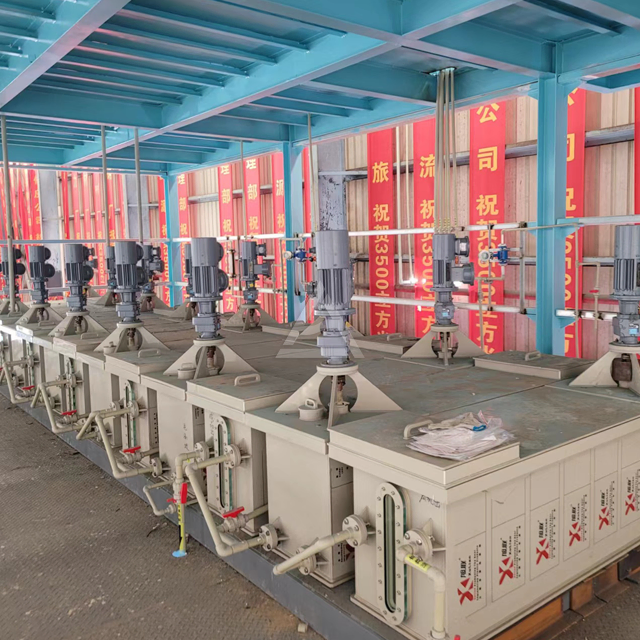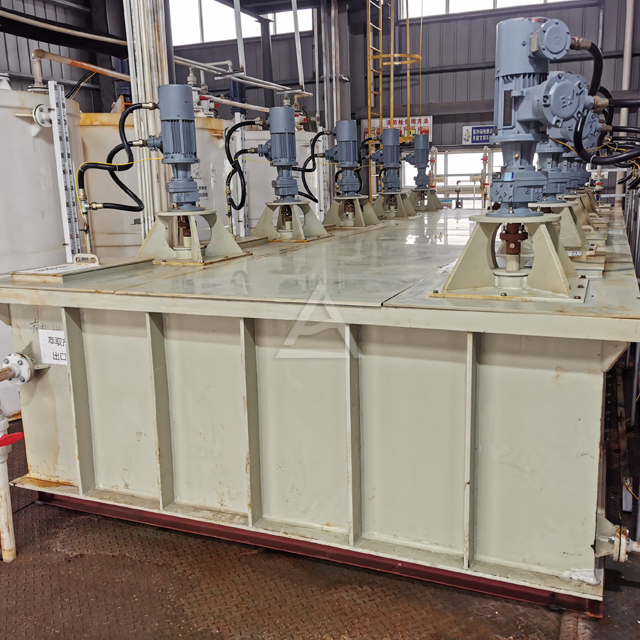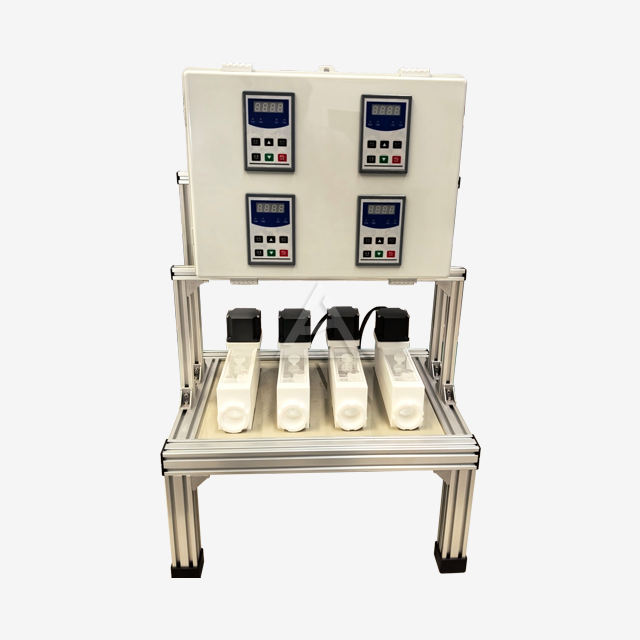Inadequate Research and Planning
Overlooking Specific Industry Requirements
One of the most critical mistakes when purchasing extraction equipment is failing to consider the unique demands of your industry. Different sectors, such as pharmaceuticals, food processing, or chemical manufacturing, have distinct requirements for extraction processes. For instance, the food industry may prioritize equipment that maintains product integrity and flavor, while the pharmaceutical sector might focus on precision and sterility. Neglecting these specific needs can result in suboptimal performance and potential regulatory compliance issues.
Underestimating Future Capacity Needs
Another common oversight is not accounting for future growth and scalability. While it's tempting to focus solely on current production requirements, this short-sighted approach can lead to premature equipment obsolescence. As your business expands, you may find yourself needing to upgrade or replace your extraction equipment sooner than anticipated, resulting in unnecessary downtime and additional costs. It's crucial to consider your long-term business projections and choose equipment that can accommodate potential increases in production volume.
Ignoring Technological Advancements
The field of extraction technology is constantly evolving, with new innovations emerging regularly. Failing to stay informed about the latest advancements can result in purchasing outdated equipment that may not offer the best efficiency or performance. For example, recent developments in micro extraction tanks have led to improved extraction rates and reduced solvent usage. By keeping abreast of technological progress, you can ensure that your investment in extraction equipment remains cutting-edge and competitive.

Compromising on Quality and Safety
Prioritizing Cost Over Quality
While budget considerations are undoubtedly important, making purchasing decisions based solely on price can be a costly mistake in the long run. Low-quality extraction equipment may seem like a bargain initially, but it often leads to frequent breakdowns, inconsistent performance, and higher maintenance costs. Moreover, subpar equipment can compromise the quality of your final product, potentially damaging your reputation and bottom line. It's essential to strike a balance between cost-effectiveness and quality, focusing on the total cost of ownership rather than just the upfront price.
Neglecting Safety Features
Extraction processes often involve high pressures, elevated temperatures, and potentially hazardous substances. Overlooking safety features when selecting extraction equipment can put your employees at risk and expose your company to liability issues. Modern extraction equipment should incorporate advanced safety mechanisms such as pressure relief valves, emergency shut-off systems, and leak detection technologies. Additionally, ensure that the equipment complies with relevant safety standards and regulations specific to your industry and region.
Disregarding Material Compatibility
The materials used in constructing extraction equipment play a crucial role in its performance and longevity. Different extraction processes may involve corrosive chemicals or abrasive substances that can degrade certain materials over time. Failing to consider material compatibility can lead to equipment failure, contamination of the extracted product, and potential safety hazards. When evaluating extraction equipment, pay close attention to the materials used in key components such as tanks, seals, and valves, ensuring they are suitable for your specific extraction process.

Inadequate Support and Maintenance Planning
Overlooking After-Sales Support
The relationship with your equipment supplier doesn't end at the point of purchase. Neglecting to consider the quality and availability of after-sales support can lead to significant challenges down the line. Look for suppliers who offer comprehensive technical support, readily available spare parts, and timely maintenance services. This support is crucial for minimizing downtime, troubleshooting issues efficiently, and ensuring the longevity of your extraction equipment. Additionally, consider the supplier's track record in customer service and their ability to provide ongoing training for your staff.
Underestimating Maintenance Requirements
Extraction equipment, like any industrial machinery, requires regular maintenance to operate at peak efficiency. Failing to factor in the maintenance needs of your chosen equipment can lead to unexpected downtime and reduced equipment lifespan. When evaluating different options, consider the ease of maintenance, the frequency of required servicing, and the availability of maintenance resources. Some modern extraction equipment incorporates self-diagnostic features and predictive maintenance capabilities, which can significantly reduce maintenance-related downtime and costs.
Ignoring Training and Operational Expertise
Even the most advanced extraction equipment is only as effective as the operators running it. A common mistake is underestimating the importance of proper training and operational expertise. Inadequate training can lead to inefficient use of the equipment, increased risk of accidents, and suboptimal extraction results. When purchasing new extraction equipment, ensure that comprehensive training programs are available for your staff. This training should cover not only basic operation but also troubleshooting, safety protocols, and optimization techniques specific to your extraction processes.

Conclusion
Avoiding these common mistakes when purchasing extraction equipment can significantly impact the success of your operations. By conducting thorough research, prioritizing quality and safety, and planning for long-term support and maintenance, you can make an informed decision that aligns with your business needs. Remember, the right extraction equipment is not just a purchase; it's an investment in your company's future. Take the time to evaluate your options carefully, consult with experts, and consider the total value proposition of the equipment beyond just its initial cost.
Contact Us
For expert guidance on selecting the ideal extraction equipment for your specific needs, reach out to Cuiyan Technology. Our team of specialists can help you navigate the complexities of extraction technology, ensuring you make a choice that optimizes your processes and drives your business forward. Contact us at wangzhijun@cuiyan-tec.com to explore our range of innovative extraction solutions tailored to your industry requirements.
References
Smith, J. (2023). "Advancements in Extraction Technology: A Comprehensive Review." Journal of Chemical Engineering, 45(3), 178-195.
Johnson, L., & Brown, T. (2022). "Safety Considerations in Modern Extraction Equipment." Industrial Safety Quarterly, 18(2), 56-72.
Zhang, Y., et al. (2023). "Material Selection for Extraction Equipment: Balancing Performance and Durability." Materials Science and Engineering, 30(4), 412-428.
Davis, R. (2022). "The Impact of Operator Training on Extraction Efficiency: A Case Study." Journal of Industrial Operations, 27(1), 89-104.
Thompson, E., & Williams, K. (2023). "Predictive Maintenance in Extraction Processes: Reducing Downtime and Costs." Automation and Control Systems, 39(2), 215-231.
Lee, S., et al. (2022). "Scaling Extraction Processes: Challenges and Solutions in Equipment Selection." Chemical Engineering Progress, 118(5), 45-58.




